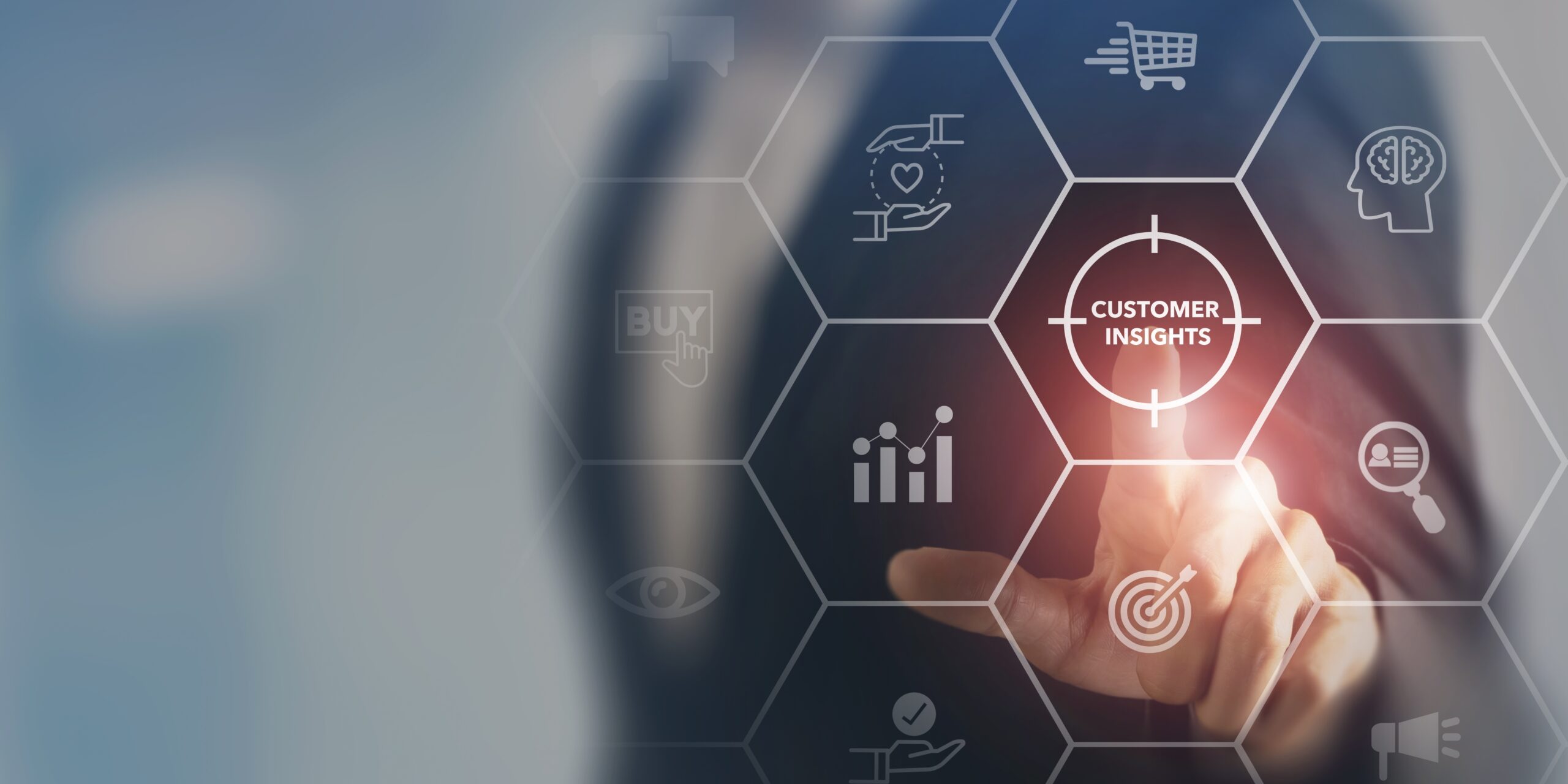Brand partnerships for social impact

There has never been a better – or more dangerous time – for brands to partner to deliver a social impact.
The opportunity
2015 was a great year for sustainability and social impact with the UN Climate Change Conference in Paris (COP21) and launch of the UN Sustainable Development Goals.
The Sustainable Development Goals provide a 17-point plan to halt climate change, end poverty and fight injustice and inequality until 2030. It’s the biggest-ever attempt to solve the world’s woes. A plan that 193 governments have agreed, but a plan that will require greater collaboration across sectors, as the new coalition to half food waste Champions123.org demonstrates.
We have also reached a tipping point in business’ defining their social purpose beyond profit and placing it at the heart of their business and brand strategy, demanded by both business leaders and consumers.
Unilever’s Paul Polman has led the way in delivering a business model broader than shareholder value since 2010, where sustainability and social impact go hand-in-hand, and was awarded the UN’s Champion of the Earth Award . As a result, 76% of CEOs now define business success as more than just profit in the 2016 PWC Global CEO Survey .
A conclusive 80% of the general public expect businesses to take action to improve the social conditions of the communities in which they operate reported the 2016 Edelman Trust Barometer. Millennials, in particular, continue to hold business in high regard with 87% believing the success of a business should be measured in terms of more than just its financial performance reported the 2016 Deloitte Millennial Survey .
Of the four major institutions (government, charities, business and the media), it is business that now has the largest public trust; the sector best placed to keep pace with rapid change whilst creating shared value. Business has closed the gap on the position historically held by charities with NfP Synergy reporting trust in charities at an eight-year low .
Not only do people want to engage with – and work for – brands that make a positive social impact, but it has also been proven to make strong business strategy with Havas reporting that ‘meaningful brands’ have a greater ‘share of wallet’ (how much someone spends on a particular product) and outperform the stock market.
The threat
The threats to partnerships, and purpose, comes in three forms. Transparency, cynicism and a lack of commitment.
Whilst 2015 was a good year for social impact, there were a series of high-profile scandals. FIFA leadership, VW emissions, and charities use of data and fundraising practices following the death of Olive Cooke. This has continued into this year with Google’s UK tax and recent accusations that AgeUK put profit first by promoting Eon energy plans which weren’t the most competitive on the market .
In a transparent world you need to be confident in your actions and those of those you partner with.
Cynicism is also high. Are brands just partnering to look good or do they have serious social intent? This is where businesses defining their purpose and then bringing it to life via ‘signature programmes’ need to beware. Charities can also be shortsighted when it comes to partnerships when they focus on fundraising income alone.
The solution
What’s needed to make a brand partnership work is honesty, transparency and commitment. But it also needs to make sense and align in terms of brand-fit, values and messaging. Three examples come to mind.
British Gas and Shelter
British Gas and Shelter have a five-year strategic partnership and came together as they share a focus on safe and secure homes. In addition to fundraising the partners have delivered advice to customers and campaigned to improve standards in the private rented sector together. As Abi Robins, British Gas Director of Corporate Responsibility, says: “what we do with Shelter is at the core of our brand; a real opportunity to achieve more together than in isolation”.
Tesco, Diabetes UK and British Heart Foundation
The Tesco National Charity Partnership is another good example, which demonstrates the power of not just two brands but three. Their three-year strategic partnership is largely based on preventing type 2 diabetes and cardiovascular disease by encouraging 20 to 45-year-old women to increase their everyday physical activity and make healthier basket choices. The Chief Executives from all three businesses are actively involved in Partnership activity and with multiple directors siting on the partnership board all three partners demonstrate commitment to social change from the top.
Sainsbury’s and Save the Children
When Sainsbury’s choose to partner, their commitment is clear. In 2010 they became the first-ever Paralympic Games only sponsor, pledging to help make the Games the biggest and most successful ever. Their partnership with Comic Relief and Sport Relief is also high-impact and enduring. But it’s their Christmas partnership with Save the Children and Mog the cat that ticks many of the right boxes.
The popular advert clearly demonstrated their shared commitment to community spirit but it also made sense; the money raised going to Save the Children’s work to improve child literacy in the UK. After seeing the advert I was welcomed by Mog merchandise at Sainsbury’s, meaning there was also a clear role and benefit to me, which is often overlooked in pubic-facing partnerships.
Although good examples, let’s not forget that social purpose is best placed at the heart of a business, not just delivered through a flashy campaign or partnership. Or as P&G’s director for Northern Europe Roisin Donnelly recently said, “a brand purpose” is for life, and not just for Christmas” .
The strongest businesses are the ones that put ‘why’ they exist at their heart. Developing a brand requires a platform upon which to direct products and services, culture, creative communications and innovation. Eclipsing corporate social responsibility and sustainability placing purpose at the heart of a business fuels it from the inside-out and should run through every brand presence.





